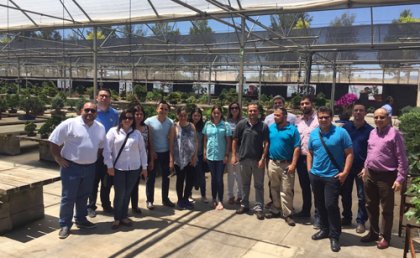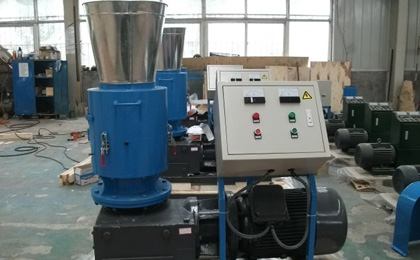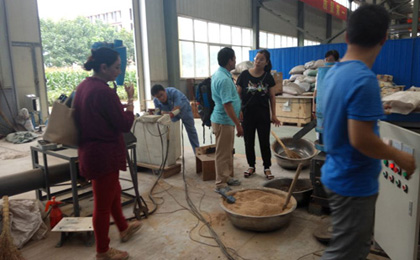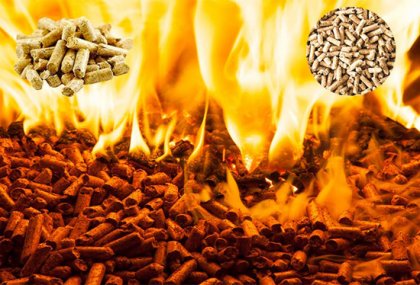Biomass fuel refers to the combustion of biomass materials as fuel. Generally, agricultural and forestry wastes (such as straw, sawdust, bagasse, rice bran, etc.) are used as raw materials, and after the process of crushing, mixing, pelletizing, drying, etc. The raw materials are processed into the new type of clean fuel that can be directly burned in order to save money and do helpful to environment.
So, what are the issues to be aware of when applying biomass fuels to combustion furnaces? Here we briefly introduce.
First of all, pay attention to safety, and strictly follow the instructions for use. Be sure to confirm that the user can operate independently before delivery. According to the data requirements, a row of fans should be added to the kitchen to remove harmful gases from the room.
Try to choose high calorific value fuels, such as wood chips, sawdust, etc., and require the fuel to be dry, the finer the better, the different fuel use effects are not the same. If the stove is found to have smoke, the biomass fuel is too large or too wet.
When cooking, if the gasifier is used for a long time, it will be found that there is white fumes in the inlet of the cooker, indicating that there is no fuel around the nozzle in the furnace, and the biomass fuel in the furnace can be stirred in the middle or add appropriate fuel.

Although biomass fuel is very popular and clean and environmentally friendly, there are still some precautions in use, so please be familiar with the instructions before use and summarize the experience in practice.
Biomass has the characteristics of small bulk density, low energy density, large transportation and storage space, and high cost, which seriously restricts the large-scale application of biomass energy. After dense molding, biomass can not only be used as a fuel to replace direct combustion and utilization of coal, but also can be deep processed by dry distillation carbonization technology, liquefaction technology, gasification technology, etc., thereby solving the economic and practical problems of biomass utilization and realizing the problem. Large-scale application of material energy.
Biomass pellet solidification molding is generally divided into three stages: a dry pulverization stage, a pre-compression stage, and a forming compression stage, of which the forming compression stage is the most important stage.
After the biomass material is pulverized, the feed auger enters the molding chamber from the feeding port. In the molding chamber, the main shaft drives the ring mold to rotate. Under the action of the friction force, the pressure roller rotates simultaneously with the ring mold, and the raw material is drawn through the feeding scraper. Between the ring die and the pressure roller, the two materials are gradually pressed against the raw material, squeezed into the ring die hole, formed in the ring die, and continuously extruded to the outside of the hole, and then the cutter cuts the formed particles according to the required length. During the granulation process, the material is forced and formed by a small hole uniformly distributed in the annular die under the strong pressing action of the stamper and the press roller.






